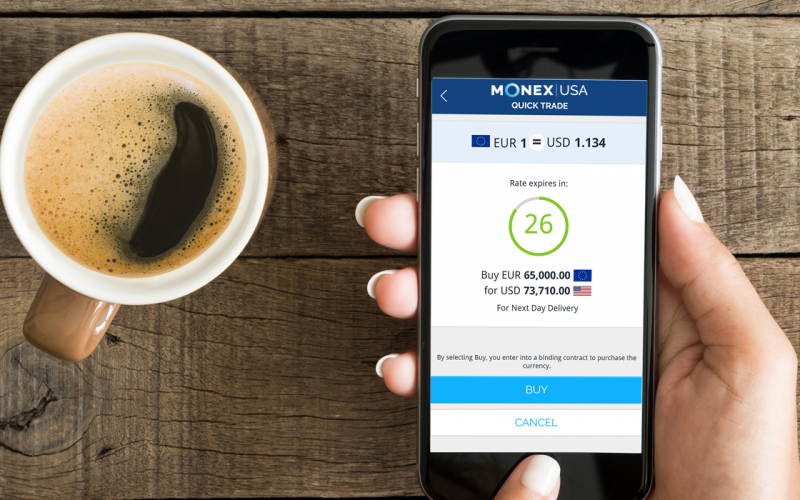The traditional business growth model has two phases, broadly speaking: first dominate your local market, then adopt a global strategy to expand into new markets abroad. This is what so many now well-established companies did, from Coca-Cola to Toyota Motor Co. to Walt Disney Company.
But today, more and more investors are looking for something different: companies that are born global. This means that from inception their products or services have a global marketplace in mind. It doesn’t mean that from day one a startup is a global company—that’s impossible. It’s about being mindful of potential market share opportunities beyond the U.S. and building a global growth mindset into a company’s DNA.
Taken together, global markets are huge, accounting for about 85% of global GDP. So internationalizing a startup’s strategy makes a lot of sense. But the reality is that resource constraints, regulatory issues in particular markets, risk aversion or plain old fear of the unknown can prevent a young company from beginning to expand internationally.
The good news is that in terms of the mechanics of setting up shop in new foreign markets, the barriers to entry might be lower than ever right now. You can now access a market in much more rapid, cost-efficient ways than previously possible.
Where to Expand
First things first, though: How should a startup think about choosing the right market to enter? Should it prioritize expanding into a big market first, even if compliance hurdles exist? Or should it instead target a smaller market where it’s easier to do business?
Many factors can influence how you answer these questions. For example, if a company has had some initial business in a particular market, it might want to build on that success. Other factors:
- Regulatory/rule of law environment
- Language
- Availability of distributors
- Degree of product localization required
- Demand for your business’ products
- Cost of entering a specific market (and potential ROI)
One foreign growth strategy is to pick a small market in a new region, get used to that business environment, and then expand from there into bigger adjacent markets. For example, start in Scandinavia and then grow into other parts of Europe. (In the early 1970s, some Japanese auto companies planted a flag in Finland, and then built on success there.)
Ultimately, though, each company has to assess various factors and how they might impact international expansion plans.
Just remember to pay attention to market signals. Don’t get too lost in your own market research and evaluations. If your business sees interest in a particular country or region, consider developing a pilot expansion strategy tuned to those signals. They might spark deeper exploration of a particular location over another option.
How to Expand
Once a go-to-market strategy is formulated, a business needs to create support networks and build the right infrastructure before landing in a new country. Don’t overlook resources that remove complexity—find the right vendors to support your team.
One example is a company like Globalization Partners. It can help you do things like create a legal business entity in a new country and deal with all aspects of payroll and local labor laws. That eliminates the hassle of figuring out how to comply with various laws in any given country. That’s not what any company expanding abroad wants to spend their energy on.
Similarly, no one enjoys spending time and energy setting up overseas bank accounts. It’s difficult and costly, and you have to report to the U.S. government. But you could just turn to a specialist: Monex’ suite of global payment and foreign exchange services help companies move money around the world, from nearly every country.
The point is that there are resources out there to make it much easier for a company to go abroad and to expand globally. A new market’s local laws and regulations can be quite different from the U.S.—and if a company fails to comply, it can face potentially stiff penalties.
Why not hand that risk management off to a specialist, freeing up your time to focus on what ambitious companies should be focusing on? Namely, growing the business.
Make the World Your Market
There’s no typical path for a company’s expansion into new markets. But generally speaking, it’s wise to proceed incrementally.
Go into a market, get some experience and learn from it, and then apply knowledge to a second market you move into. With this incremental approach, the investment is lower than if you go into multiple countries at the same time.
Remember: Whichever market you expand into, the main thing is to closely evaluate performance, and then adjust accordingly. Massive success abroad likely won’t come immediately—it rarely does. But if you stay the course—tweaking the path forward in reaction to wins and losses—the ROI is immense.
Ready to expand your business with our award-winning trading team?





